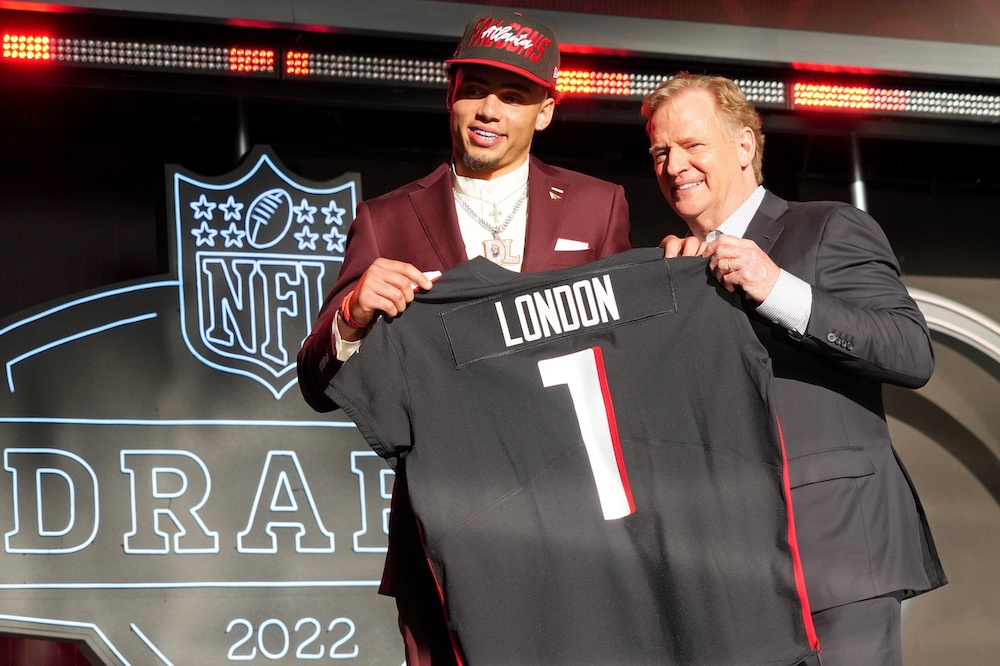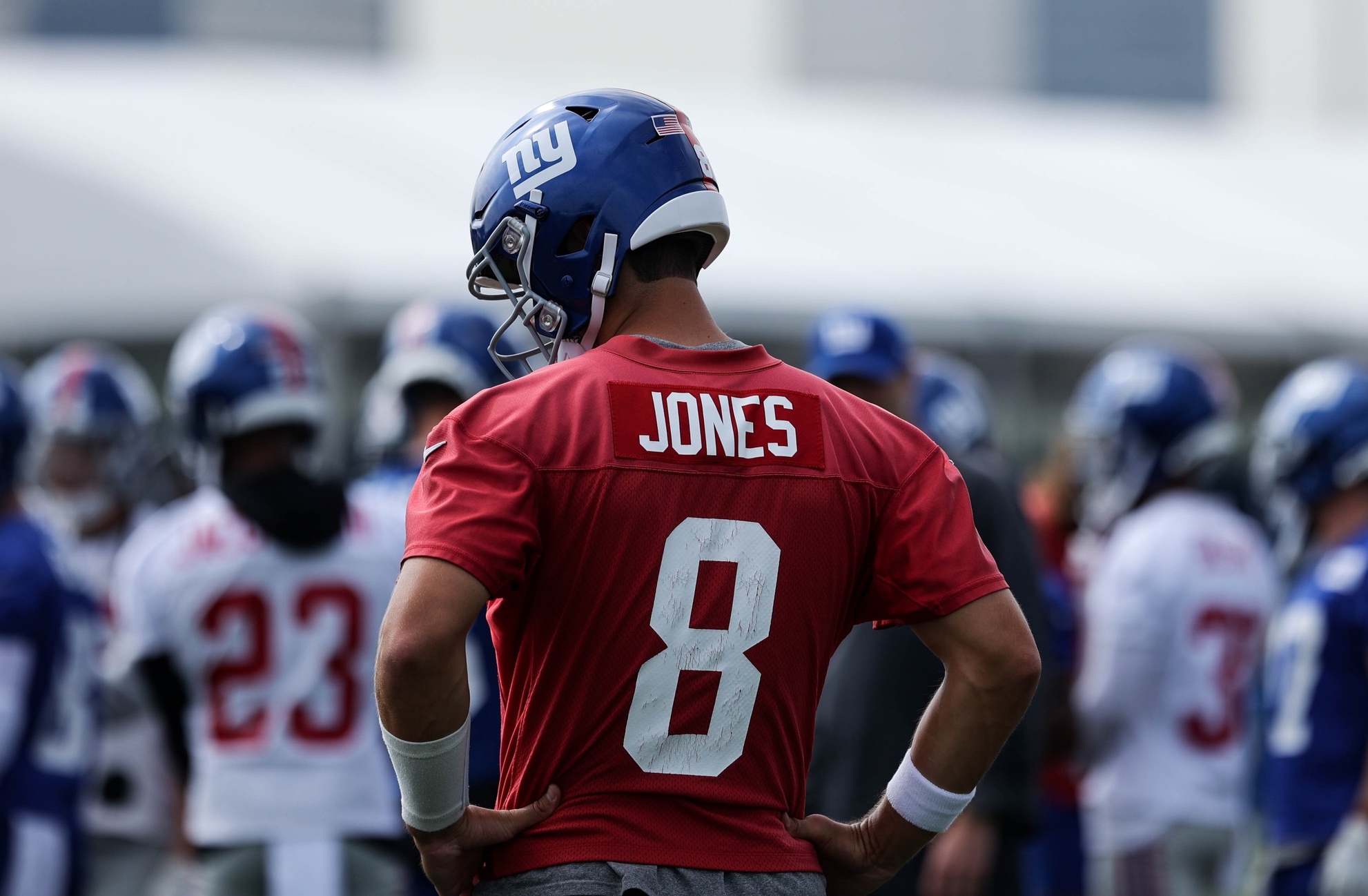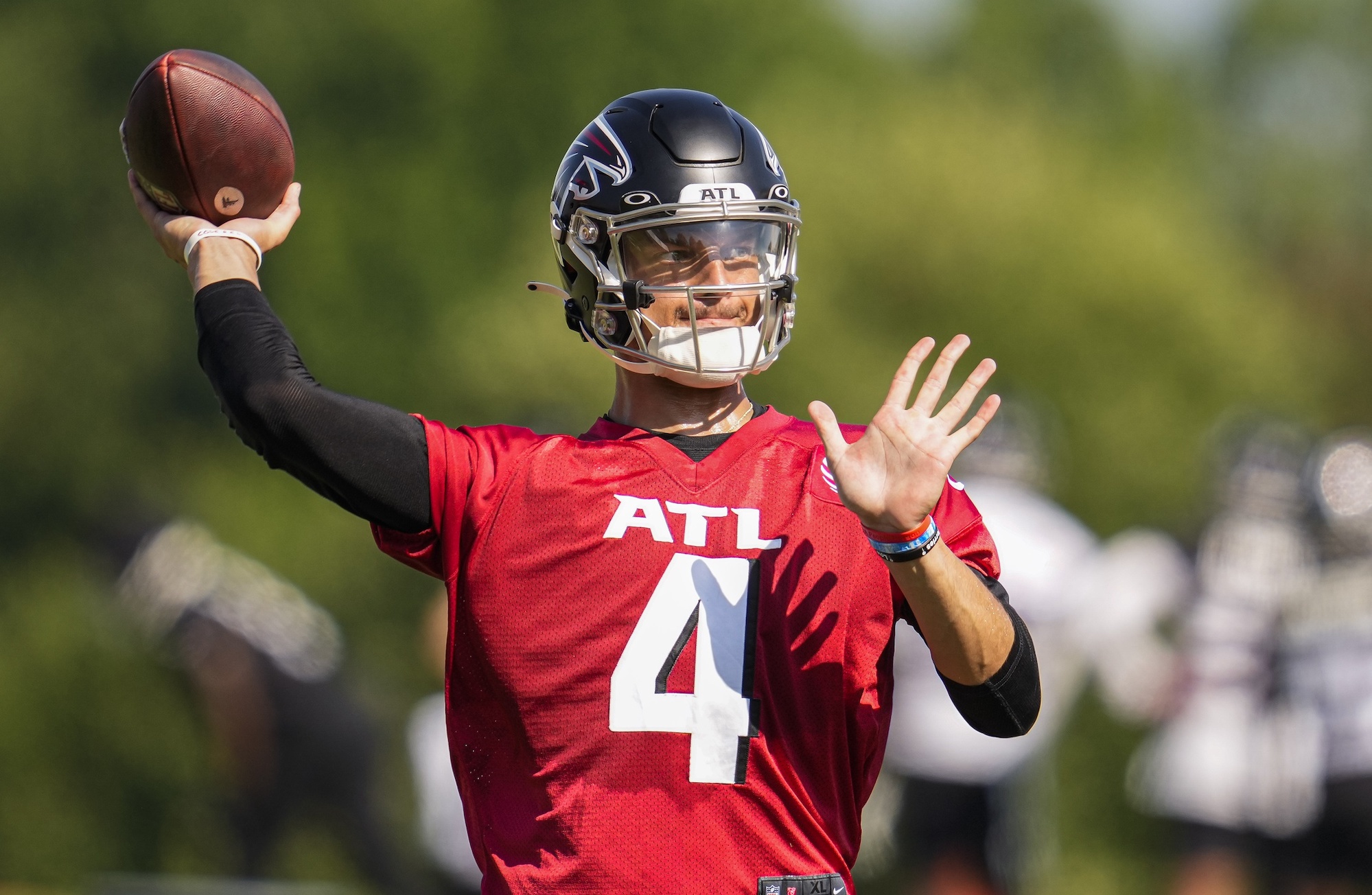Falcons 2022 Draft Grades
The Falcons entered the 2022 NFL Draft in a total reset mode after an offseason that saw some key departures. Wide receiver Calvin Ridley was suspended for a year by the NFL for violating the betting rules but the biggest departure may have been former MVP quarterback Matt Ryan, who was traded to the Indianapolis Colts after the Falcons lost a bidding war to the Cleveland Browns for quarterback Deshaun Watson. It’s safe to say the Falcons are in rebuild mode and needed to replace some key losses with this draft. Here are the Falcons 2022 draft grades.
Falcons 2022 Draft Grades
Round 1, No. 8: Drake London, WR, USC
With their first pick in the draft, the Falcons decided to address the receiver position and drafted USC’s Drake London. London is a big-bodied receiver that has surprising explosiveness. This isn’t a Julio Jones type of athlete but he should serve as a good ‘X’ receiver and should make for a good pairing with both tight end Kyle Pitts and wide receiver Calvin Ridley when he returns.
Round 2, No. 38: Arnold Ebikete, EDGE Penn State
The Falcons had two second-round selections and with their first, they addressed the edge rusher position. It’s been a long time since Atlanta had a reliable edge rusher and desperately needed to address this position. Ebikete is a great scheme fit for this defense and has one of the quickest first steps of all prospects at his position. If he reaches his potential, Ebikete could be a consistent double-digit sack player in the NFL.
Round 2, No. 58: Troy Andersen, LB, Montana State
The Falcons have a depleted roster and any addition is a good addition. So with their second pick in the second round, they took a swing on one of the most athletic players in this year’s draft: Troy Andersen. Andersen is a good athlete that should be a plus-level player defending the pass. He needs to improve his run game instincts but he has all the athletic traits to develop into a premier sideline to sideline linebacker.
Round 3, No. 74: Desmond Ridder, QB, Cincinnati
Entering the draft, the Falcons’ starting quarterback was Marcus Mariota but this was clearly a bridge player for Atlanta until they find their guy of the future. In the third round, the Falcons were able to draft a quarterback that could potentially be the answer to their quarterback question. Ridder was a great value pick in the third round as he was considered a possible first-round quarterback by many.
Round 3, No. 82: DeAngelo Malone, LB, Western Kentucky
The Falcons addressed the edge position earlier in the draft but with the understanding that they need multiple edge rushers for this defense to be effective. So, with their second pick in the third round, they drafted edge rusher from Western Kentucky DeAngelo Malone. Malone is a high upside player whose skillset fits perfectly with this scheme.
Round 5, No. 151: Tyler Allgeier, RB, BYU
It’s been years since the Falcons had a reliable starting running back. And last year their best back was a wide receiver convert in Cordarrelle Patterson. In short, this was definitely a position of need. Allgeier is a bruising back that can immediately contribute on short yardage situations. While I like the pick, I still believe the Falcons need a more complete back heading into the season next year.
Round 6, No. 190: Justin Shaffer, OG, Georgia
We knew entering the draft that the Falcons needed to address the trenches on both sides of the football. Earlier in the draft they addressed the defensive front. So, with this pick they drafted interior offensive lineman Justin Shaffer. Shaffer was a great value pick here and should immediately provide a physical presence to an offensive line unit that has no identity to this point.
Round 6, No. 213 (compensatory): John FitzPatrick, TE, Georgia
With their last pick in the draft the Falcons decided to go with another pass catcher and drafted tight end John Fitzpatrick. The Falcons drafted Kyle Pitts last year who has proven already that he is an extremely talented football player, but the Falcons need depth at this position. Fitzpatrick is a well-rounded payer that can both block and catch the football.
The Falcons entered this draft with one of the worst rosters from top to bottom in the NFL. So it was a must that they draft immediate contributors on both sides of the football. Reviewing their draft, I thought they made some good picks while also making some I thought they reached for. Overall though, they made themselves a better team through the draft.
Overall Grade: B
Filed In
Related Articles
NFL & CFB Betting
Who Will Have Worst Record In NFL In 2022?
- Aug 17, 2022
NFL
3 Things We Want To See From Desmond Ridder In Preseason Debut
- Aug 12, 2022
Written By



































